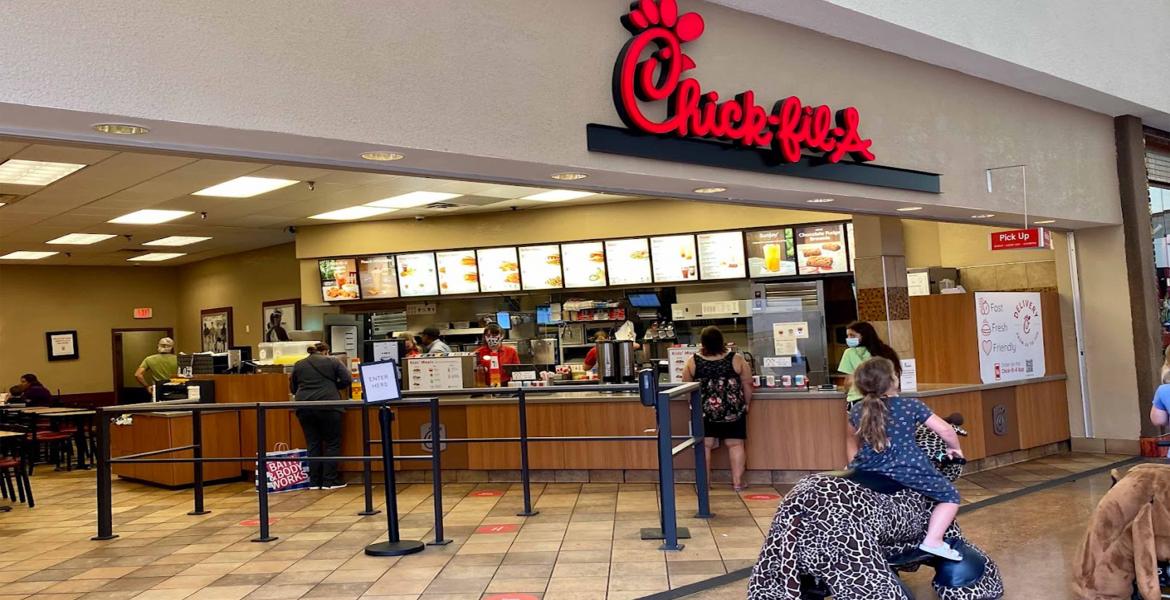AUSTIN – COVID-19’s effects on Texas traffic levels lingered throughout 2021, with delays on the state’s most congested roadways growing but still below pre-pandemic gridlock conditions, according to a new study performed by the Texas A&M Transportation Institute (TTI).
The review of the state’s most crowded street and highway segments – 1,860 roadways in all – has been conducted by TTI each year since 2009. The study measures traffic congestion by determining delay per mile of travel – how much longer it takes for motorists to travel on a gridlocked road than to make the same trip in uncongested conditions.
Houston’s West Loop was the state’s most gridlocked stretch in 2021, as it was the previous year. The Woodall Rodgers Freeway in Dallas, Interstate Highway 35 in Austin, and Houston’s Eastex and Southwest Freeways rounded out the top five. Austin’s IH-35 had the most severe truck freight congestion in 2021 – also a repeat from the previous year.
The analysis, funded by the Texas Department of Transportation (TxDOT), noted little change in rankings from 2020 to 2021. Eight of the ten most overcrowded road sections have stayed in the top ten for the last three years. And researchers emphasize that traffic will eventually return to familiar intensity as the state’s population grows and its economy remains strong.
“Traffic congestion isn’t just a big-city problem, and that problem is almost sure to get worse as our population surges by almost 20 million in the next 25 years,” says David Schrank, TTI’s lead researcher on the annual study. “With that kind of growth, Texas needs to use every possible means to keep people and goods moving. We need to add capacity, operate the system efficiently, and give people options for how to travel.”
Those strategies, researchers say, will require road building at a brisk pace – an approach the Texas Department of Transportation is taking through its Texas Clear Lanes
initiative, launched in 2015. Funding for that effort is supplemented by a pair of voter-approved actions designed to funnel more cash to the State Highway Fund. As of this year, $29 billion has been assigned to Texas Clear Lanes non-tolled projects in the four largest metro regions. Since 2015, 13 projects have been completed, 27 are under construction, and another 58 projects are planned.
“Texas Clear Lanes is paying off in a big way, as we estimate $4 in benefits for every $1 spent on road expansion projects,” says TxDOT Executive Director Marc Williams. “That helps us achieve our mission – connecting Texans with their state. TxDOT is all about making personal travel safer and smoother, along with efficiently moving freight to support greater supply chain efficiency and economic growth.”
Researchers note that traffic delays impose an immense financial burden. Those costs – a result of lost time and wasted fuel – totaled more than $3.8 billion on the state’s 100 most traffic-choked road sections during 2021, about 10 percent lower than pre-pandemic levels. Truck congestion costs were $620 million in the same year, essentially unchanged since 2019.
Though the worst stretches are concentrated in Texas’ biggest population centers, gridlock affects areas of all sizes, as illustrated by TTI’s complete list of 1,860 road segments
in 23 urban regions across the state.
Subscribe to the LIVE! Daily
Required






Post a comment to this article here: